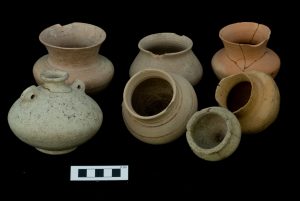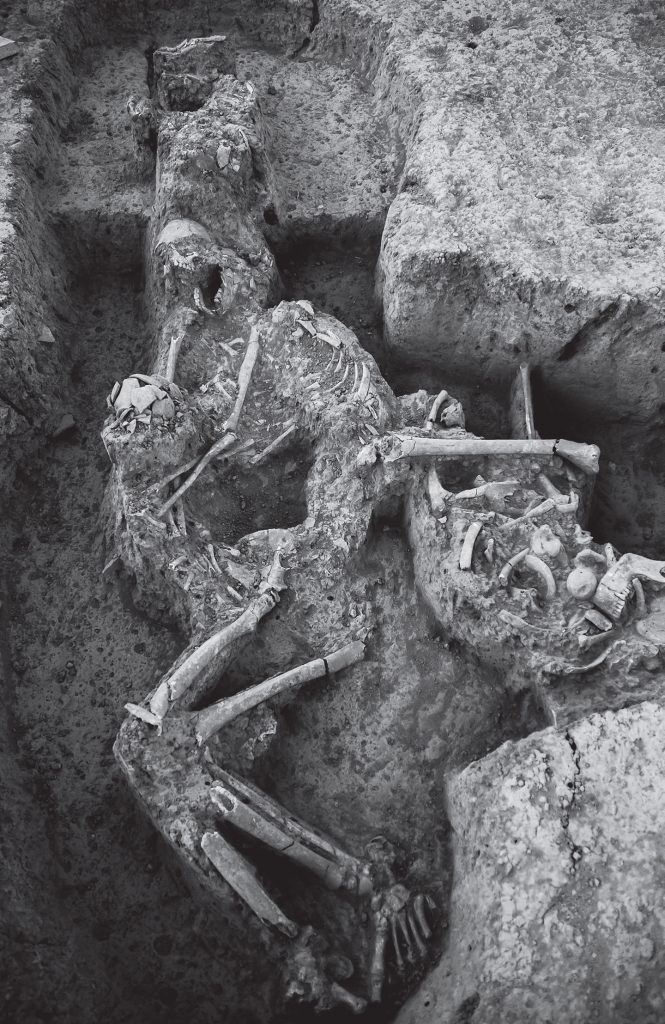Stable isotopes, typically carbon, nitrogen, oxygen, and strontium, are commonly used in bioarchaeology to investigate questions of mobility and diet. Carbon and nitrogen isotopic analysis of teeth and bones can reveal what people ate, and oxygen and strontium isotopic analysis of teeth gives insight into where people were born and grew up. The interpretation of the results hinges on the analysis of local plants, animals, soils, and water in order to identify expected baselines against which to compare the humans’ results. In partnership with the Max Planck Institute for the Science of Human History, a large-scale isotopic research program has targeted individuals of all ages and sexes recovered from from all burial types and contexts found at Tell Atchana. The results show that most people ate locally available food and had regular access to animal products, such as meat, milk, and/or cheese. The strontium and oxygen isotopic analysis revealed that most of the sampled population likely grew up at Alalakh, but that many people came to the city from the surrounding Amuq Valley later in their lives. There were also several individuals who came from farther afield and who may represent migrants from the larger northern Levant area, since complementary DNA studies reveal that their ancestries match the local gene pool.




